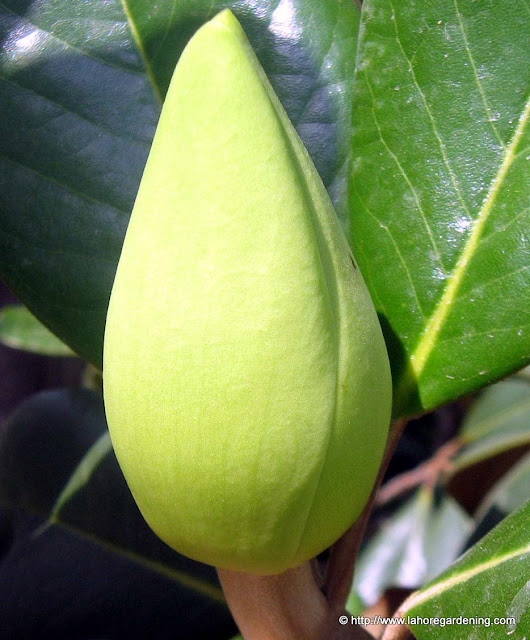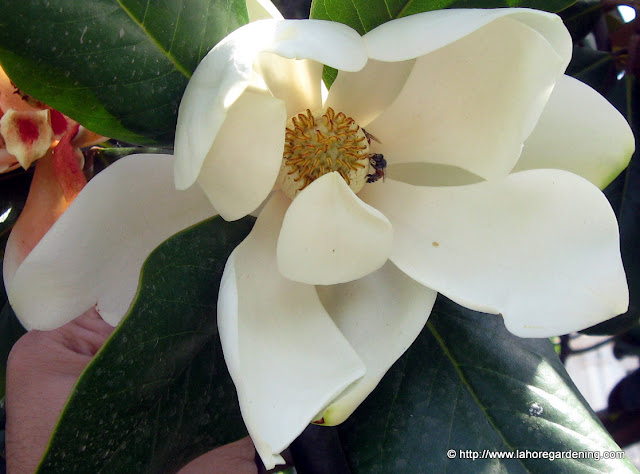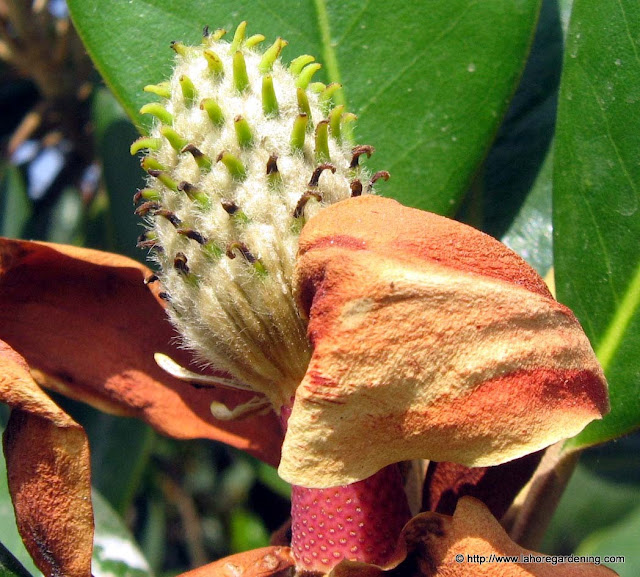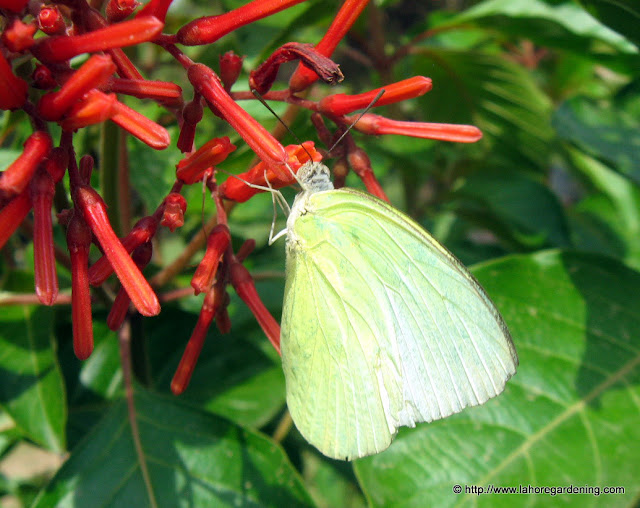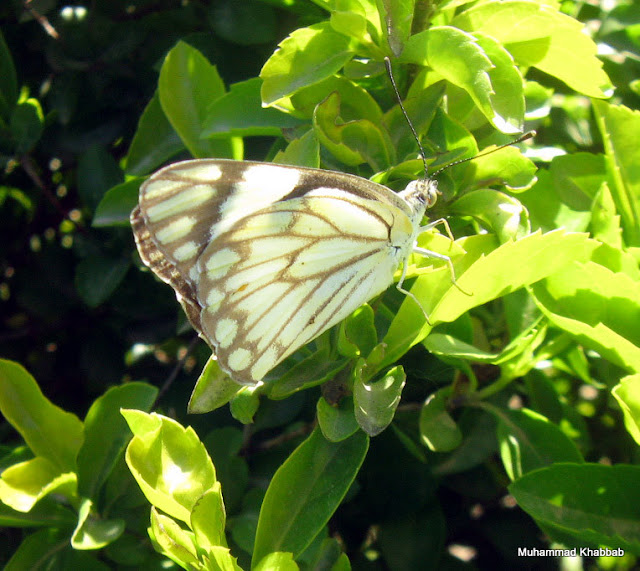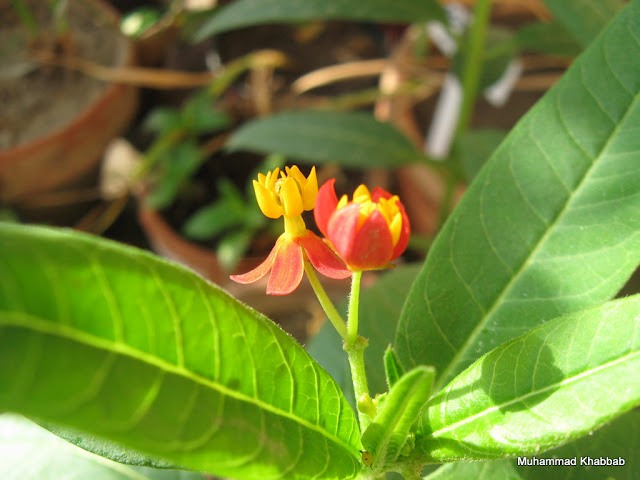In this edition i will share with you the flowers which are currently blooming in lawrence garden (bagh-e-jinnah) lahore. Remember this is garden bloggers bloom day post and for others gbbd posts go to
May Dream Gardens and check out other beautiful blogs showing some marvelous blooms from all around the world.
The first one is
cassia fistula or amaltas. Very drought tolerant tree and blooms freely in this heat of over 110F. A common street tree with masses of yellow blooms.
At this time when not a lot of trees are blooming,
cassia fistula gives eyes a treat to watch. You will lots of these trees in india and pakistan. In lahore a lot of specimens are planted on mall road.
Day lily is another common sight in lahore these days. There are mainly three varieties availabel here commercially. The yellow one which is cheapest, the orange one which is most common and the red one which is most expensive and slightly fragrant as well. Botanical name is
Hemerocallis. And there are tons of cultivars and colors but here only these three are common. Some nurseries do sell other colors but at high rates. This is a perennial plant in our climate although flowers only in late spring and summer.
The tree is probably one of world's most beautiful trees. Having botanical name
delonix regia but more famous with common name Gulmohar and flame tree. It is indeed a sight to watch when in bloom as it produces hundreds of flowers and looks like the tree is on fire.
If you look closely at the bloom it has very interesting shape like that of a claw.It changes its color with the passage of time. Remember this tree belongs to the pea family.
Here is what i would call the remnants of
jacaranda and i belongs to the famous
bignonia family.Remember tecoma?, yap same family.It was in full bloom in spring and whole tree was covered with blue flowers but now only some are left on the tree.
This fragrant ixora having botanical name
ixora parviflora is also at the end of blooming in lawrence garden. What a scent!!!!
And now some blooms from my terrace a well. This morning glory the hardiest of all, blooms much earlier than other varities. I planted 3 various colors and will share with you as soon as other colors bloom but right now be content with this one only. And yes its botanical name is
ipomoea purpurea.

